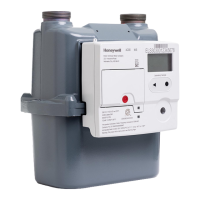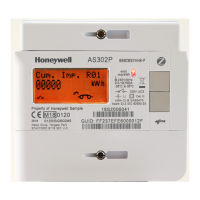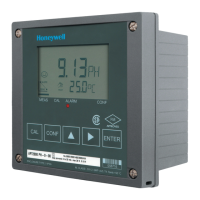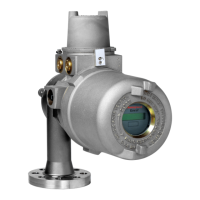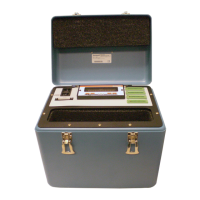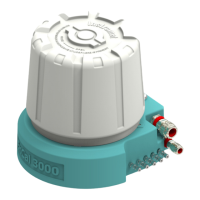164
Appendix G.
Glossary
G.1. Access Codes
An access code is an 8-digit sequence that must be entered to access many of the keypad
menu selections. It prevents unauthorized changes to the scanning program and the use
of the test functions. Honeywell provides authorized users with a generic code. Honeywell
will add a series of code numbers or change the generic access code upon request.
Authorized users can assign a specific code to each team member who requires access
to these functions.
G.2. EHS
A professional team member, manager, or consultant responsible for one or more of the
following areas:
• Environmental
• Health
• Safety
G.3. ERT
An Emergency Response Team that responds when there is a leak or spill of hazardous
production materials (including toxic gases).
G.4. FTIR
Fourier transform infrared (FTIR) is the ACM 150 monitor’s analysis method. The analyzer
collects infrared (IR) absorbance spectra of the air from each sample point. These spectra
cover the “fingerprint” or mid-infrared wavelength region. Nearly all chemicals have an IR
absorbance spectrum, which is always the same and unique for each chemical. The FTIR
spectra have a high resolution, enabling distinct identification of one chemical from
another. The ACM 150 monitor only monitors for chemicals in their gas (vapor) phase.
G.5. LAN
This refers to the Honeywell Local Area Network, which includes a server computer, a
network hub, and usually one or more remote network computers. The LAN constantly
interfaces with Honeywell monitors. One network can accommodate as many as 32
monitors. The LAN utilizes Honeywell's proprietary ERM (Emergency Response Manager)
software.
G.6. Lockout/Tagout
This protects personnel from AC line voltage when accessing or servicing AC terminals or
line-powered components. Lockout is a means of disconnecting the line power using a
removable key switch, adding a lock over the line power plug, or locking a power
disconnect box after power is turned off. Tagout is a safety tag that notices when a circuit
is locked out.
G.7. PSIA
Pounds per square inch absolute, pressure relative to a vacuum.

